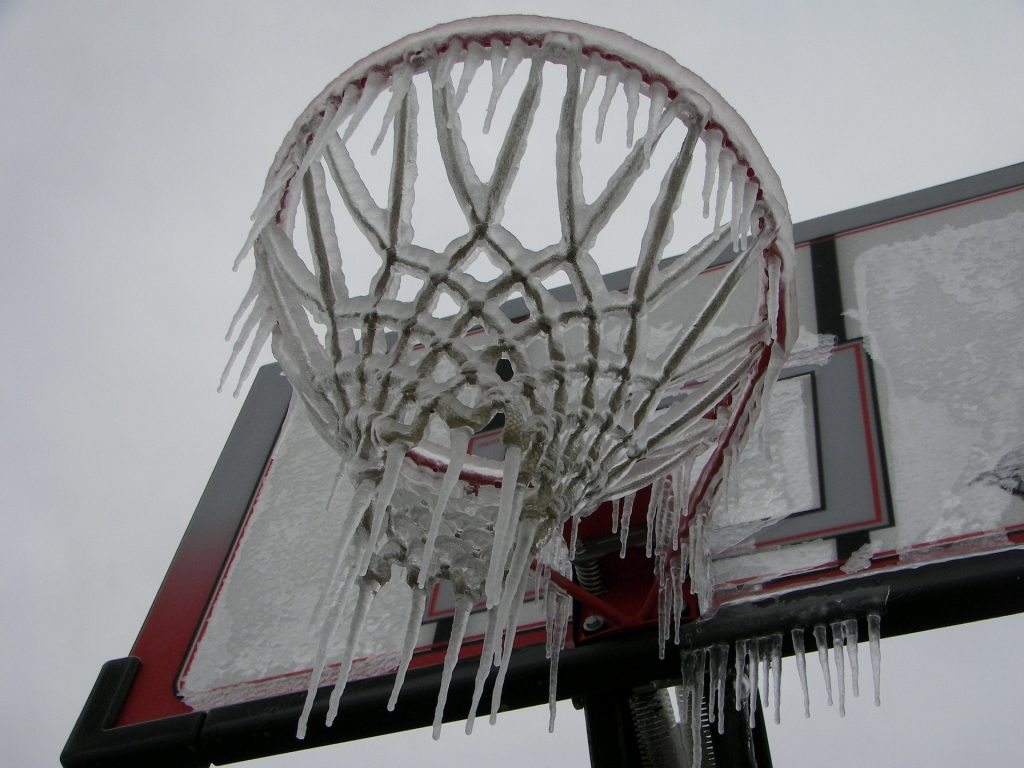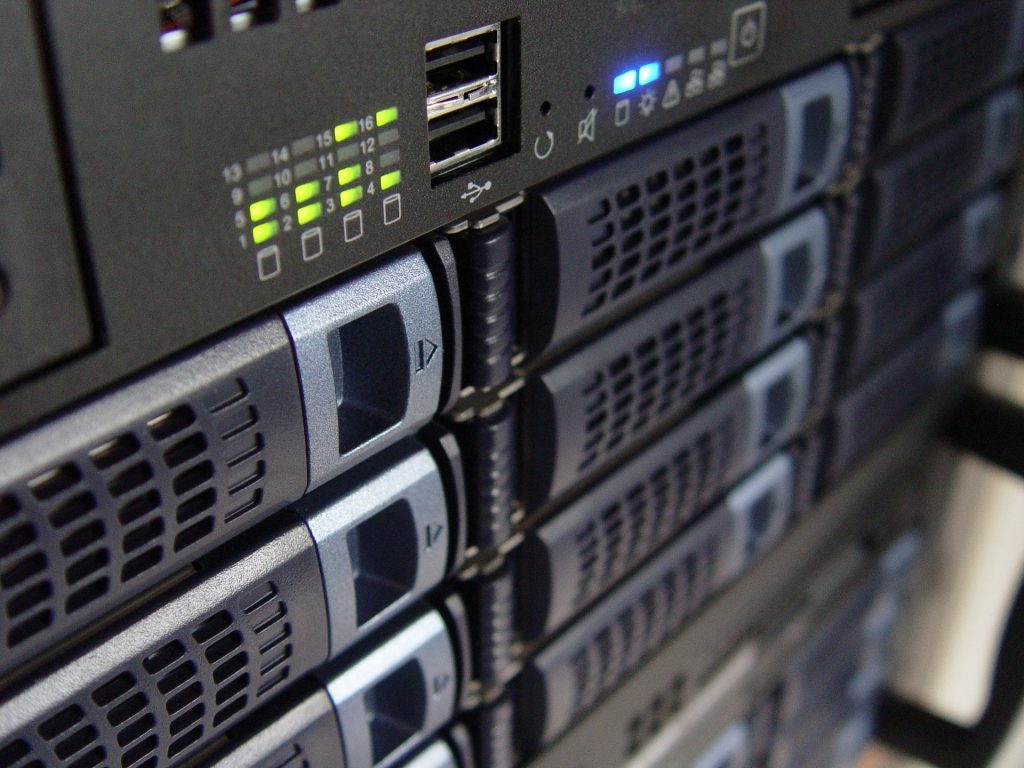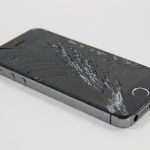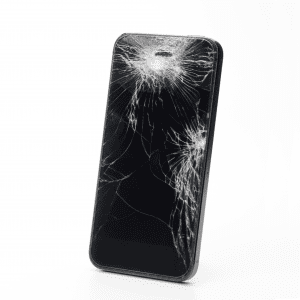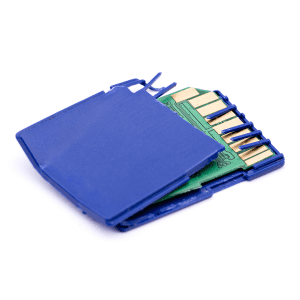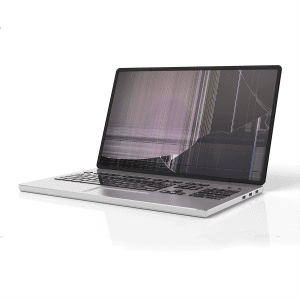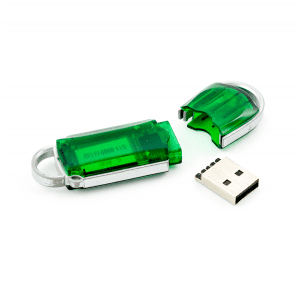Weather Emergency Data Recovery
If you’ve been following the news, you’ve probably heard that Texas went through several catastrophic emergencies back to back last week. We had record-breaking freezing temperatures that were sustained for almost a week, which doesn’t happen too often in Texas. This led to power grid failures, undriveable roads, destroyed water systems that left homes flooded or without resources, and a natural gas shortage.
This led to a slew of calls as the weather broke – people experienced power interruptions that messed up their firmware, flooding that blew out their computers, and a host of other issues that led to unexpected data loss (adding insult to injury in a terrible state-wide event).
This event came as a huge surprise to all of us, as in Texas, cold snaps tend to stay above freezing temperatures and only last a couple of days. This time, our whole state was under ice for the week.
There is only so much you can do to prevent data loss in a major emergency like this. Primarily, you’ll want to make sure your power-dependent systems are connected to a reliable backup service like Carbonite or iCloud. That way, at least you will have a relatively recent back-up of your data that won’t add to your list of challenges to overcome, or add to the growing stack of emergency expenses. Making sure that your back-ups are all paid for and connected appropriately should be part of any monthly office or home checklist you have.
Of course, there are times where despite your best efforts, these things won’t come together as planned.
So, what happens when your computer floods, or a power outage causes a system failure in your phone? What do you do?
Power Outage Data Recovery
If you’ve lost your data due to a power failure, such as rolling blackouts in a weather emergency, do not try to power your device further. You could cause further electrical issues and render your data unrecoverable.
- Identify whether it’s a total failure, or if a charging cable or connector cable could be the culprit. Try swapping your charging or connector cables, and change the device you’re connecting to. Once you’ve ruled out anything like that, do not attempt to power or access they device any further.
- Locate and assess any further electrical-related damage in the home, while you’re at it. Safety first! Focus on important data centers such as phones and computers, and anything potentially dangerous – like stoves, ovens, etc.
- Place the data-compromised device in two anti-static bags
- Contact us.
Water Damage Data Recovery
Water damage is a stranger to no one at this point, but because of that, there are certain myths surrounding what to do when you have a water damage experience – particularly, anything involving rice. Rice is popular because as a super dry ingredient, it will absorb the moisture out of a waterlogged device. What it doesn’t absorb are the sediments and particulates that came in with the water. Once you absorb that water out of the device, those particles are left behind, causing corrosion and damage to the internal components. So, what do you *really* do?
- Stop attempting to power up your device. This could make everything worse for you.
- Do NOT put your device in a bag of rice.
- Instead, put your device in a Ziploc bag with a damp sponge. This keeps the internal components damp instead of drying them out, which will allow a recovery technician to properly clean the particulates out of the device before removing the moisture. This way, no damage will happen from corrosion or cleaning particles off of fragile surfaces.
- Contact us.
For larger units with electrical-related or water damage, such as a multi-device RAID system, you are still essentially in the same boat. Do not attempt to power up the unit or dry it out, and give us a call as soon as possible. If you are an entrepreneur or work for a business, and your business insurance covers extreme weather events, call them immediately to get that lengthy process started.
As always, please don’t hesitate to reach out if you have any questions. If you have other critical tips you think are worth mentioning, let us know so we can add them!


